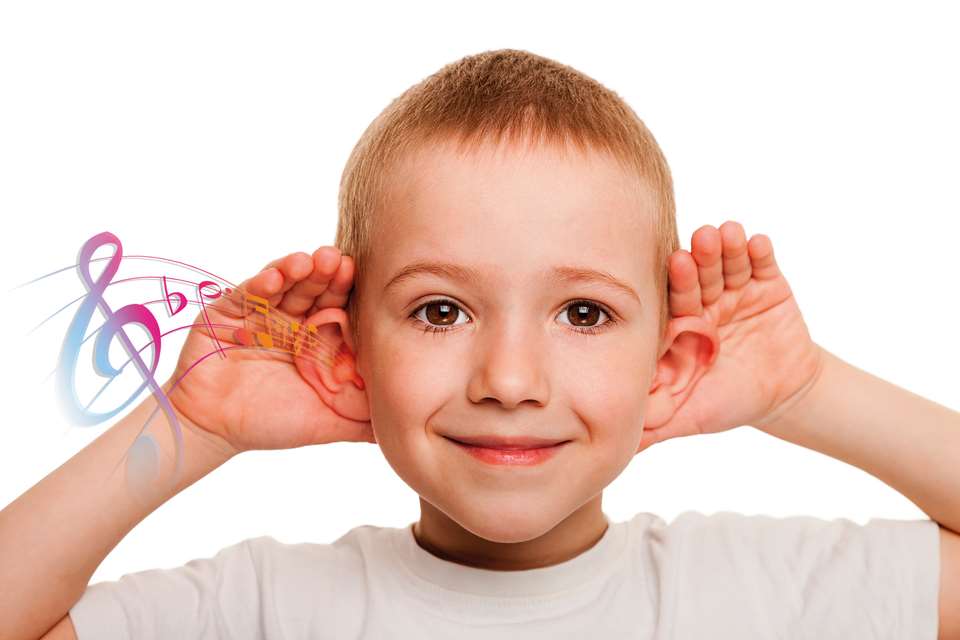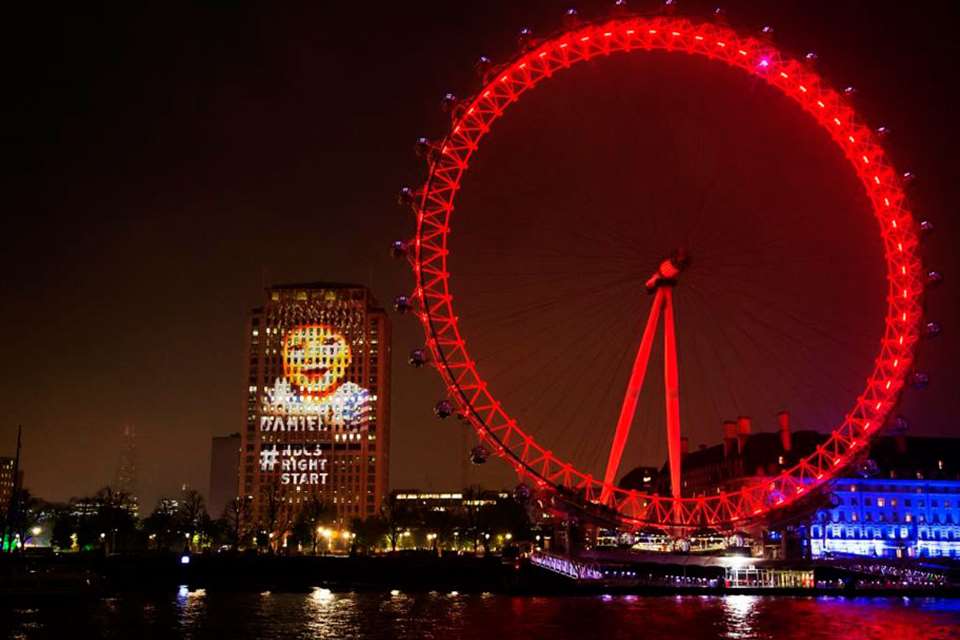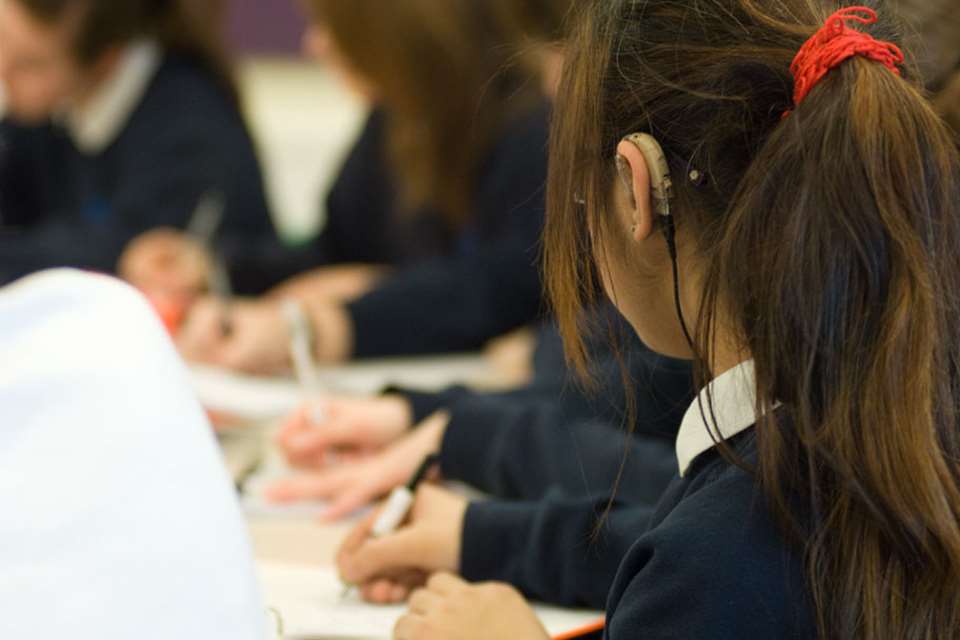A Unique Child: Inclusion - Up to standard
Annette Rawstrone
Monday, March 19, 2018
New quality standards for supporting deaf children have been published, writes Annette Rawstrone
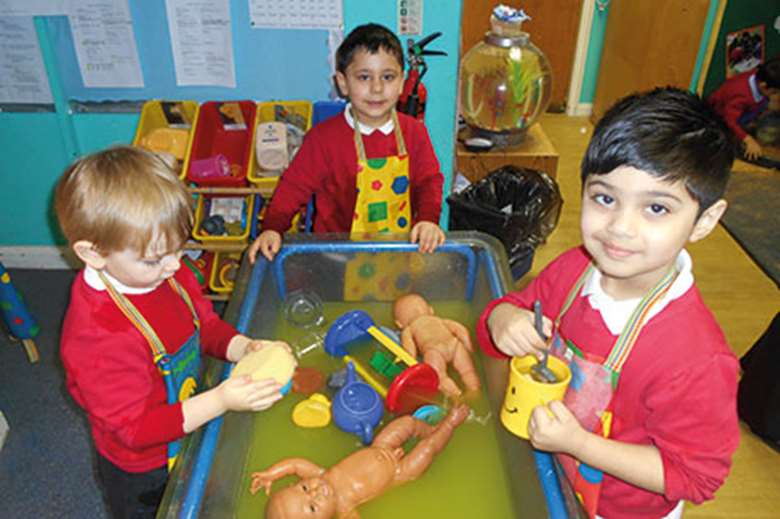
For many families, finding out that their child is deaf is a huge shock. More than 90 per cent of deaf children are born to hearing parents who have no experience of deafness, which can make the diagnosis and subsequent choices overwhelming and worrying.
With more than 45,000 deaf children in the UK – the term ‘deaf’ is used to refer to all levels of hearing loss in children, including a partial or total loss of hearing – the National Deaf Children’s Society (NDCS) has stressed that early years settings have an important role in guiding parents who are adjusting to their children living with deafness and in helping children reach their potential. The care deaf children receive at nursery can affect their later development and ability to lead independent lives.
‘Deafness is not a learning disability, and there is no reason why a deaf child can’t develop good language and communication skills. Given early identification and intervention, a deaf child can achieve anything a hearing child can. Despite this, in too many areas across the UK there are still gaps in provision and too many deaf children are being left behind,’ says NDCS head of policy and research Ian Noon.
‘The early years are a critical period for children’s language and communication. If deaf children don’t receive the right support, right from the start, they are likely to experience delays in their language and communication and, as a result, will be more likely to struggle at school, be at increased risk of mental illness and have fewer opportunities in employment.
‘Government figures show that only 39 per cent of deaf children achieve their early learning goals in literacy and writing, compared with 77 per cent of other children.’
A key challenge to meeting the needs of early years deaf children is the variability in the quality of services. In response, the NDCS has developed quality standards for early years to support deaf children aged from birth to five years old. These provide good practice guidance, such as a teacher of the deaf making contact with the childcare provider within a month of being notified that a deaf child is attending, all staff working with the child being appropriately qualified, the child’s progress being regularly measured and services working together to understand the child’s needs.
The aim is that deaf children achieve the same outcomes as hearing children of the same age. A particular focus is on language, communication and social skills because these are likely to be challenging for deaf children and are essential for making progress in other areas.
‘Although the quality standards are relatively new, it’s pleasing to see that many services for deaf children are already using the standards to review the quality of their own provision,’ says Mr Noon. It is hoped that the quality standards will help to raise awareness among early years practitioners and other professionals of what is needed to effectively support deaf children.
Thomasson Memorial Nursery
This governor-led Bolton nursery cares for deaf and hearing children aged from two to four years old, with deaf children having an adult:child ratio of 1:2 and mainstream children 1:4 or 1:8 depending on age. It is attached to a school for deaf children.
The nursery uses the quality standards to monitor the environment, staffing, interaction with parents and ensure that the children get the best possible support.
Acting head teacher Lisa Lane says, ‘We have always annually audited our provision, but now we can do it more formally. The audit tool enables us to look more in-depth at more areas and gives us a paper trail to track where we have come from and what needs doing.’ She believes it is a useful document for all early years settings to assess their practice.
‘The nature of our school means we already met many of the standards, such as high-quality staff trained to Level 3 and all with or working towards signing qualifications,’ says Mrs Lane. ‘Our speech and language provision is also above the norm as all our staff have qualifications in developing early speech and language in hearing and deaf children.’
An educational audiologist is on site three days a week and teachers of the deaf work with the children and keep the nursery practitioners updated. The teachers of the deaf are also involved in termly progress meetings with parents and conduct home visits in response to parents saying that they felt they received less direct support once their child started school.
Many of the deaf children rely on local authority transport to the nursery, but this is proving a challenge with budget cuts reducing availability. Mrs Lane says some parents are being forced to use local nurseries that do not have specialist skills.
Children 4 Most Nurseries
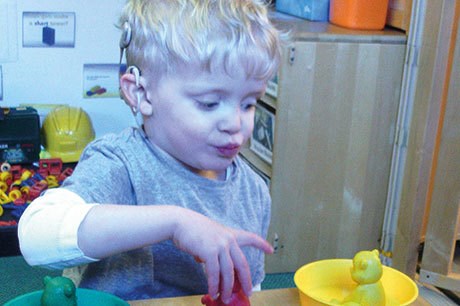
This private nursery chain, based in the North West of England, began caring for a deaf child four years ago at its Audenshaw setting. He recently started school, but the nursery continues to care for four deaf children.
‘The parents of the first child purposefully didn’t say he was deaf before they looked around the nursery. They wanted to see the manager’s reaction,’ says early years lead practitioner Gail Baugh. ‘They found some nurseries regarded it as a problem, whereas our manager asked what provision he’d need so we could meet it.’
The nursery contacted Manchester-based Genie Networks for support, a charity working with deaf people and their families, that Ms Baugh already had contact with because her niece is deaf. The boy used sign language, so the nursery bought a British Sign Language (BSL) package to help become more inclusive. They asked his family for advice and also accessed deaf awareness training.
‘This helped us to understand what it feels like to be deaf and gave us skills to communicate, such as getting down to a child’s level and ensuring that they are looking at you before speaking. We considered the environment to ensure that the acoustics were suitable for small focus groups and to limit background noise – fortunately we already had a lot of carpeted areas,’ says Ms Baugh, who has a Level 3 qualification in BSL and is working toward Level 4.
‘I ensure all staff have an awareness of sign language. We have visual timetables and make sure that the deaf children are directly given instructions – rather than shouting to get coats on and making them look to their peers for cues.’
The training also introduced staff to specialist equipment such as radio aids to cut out background noise and enable them to speak directly to the deaf child.
A teacher of the deaf attends the setting every week to support the deaf children with their language and communication and give practitioners advice, such as doing simple daily listening activities to help the child tune in to different sounds. The nursery SENCO holds regular meetings with parents to inform on progress as well as any challenges, areas to work on or celebrate.
‘It is not a learning disability and we strive for equity rather than equality – the children may need different things but are given the same high expectations,’ says Ms Baugh.
She believes it is enriching for the hearing and deaf children in their setting to play alongside each other. One two-year-old even teaches his friends signs. They recently hosted an NDCS roadshow to help increase awareness of deafness and signpost families to further support.
Her advice for other early years practitioners is to never assume what is needed when caring for a deaf child. ‘All deaf children are completely different, such as their first language may be BSL or speech-based,’ she says.
‘Simply speak to the family and listen to the child about what their deafness requires, and work on that.’
FACTS AND FIGURES
There are more than 45,000 deaf children in the UK.
Half of deaf children in the UK are born deaf while the other half become deaf later.
More than 90 per cent of deaf children are born to hearing parents with no prior experience of deafness.
It’s not always possible to find out why a child is deaf – tests identify only the cause of deafness in 40 to 50 per cent of children.
The newborn hearing screening programme in England offers all babies a routine screen for indicators of hearing loss shortly after birth. Every week an average of 12,645 babies are screened, of which 34 are identified as deaf.
An undiagnosed three-year-old deaf child will probably not know more than 25 words, compared with 700 in a hearing child of the same age.
Only 39 per cent of deaf children achieve their early learning goals in literacy and writing, compared with 77 per cent of other children.
MORE INFORMATION
The National Deaf Children’s Society provides a range of free resources for early years professionals, www.ndcs.org.uk



